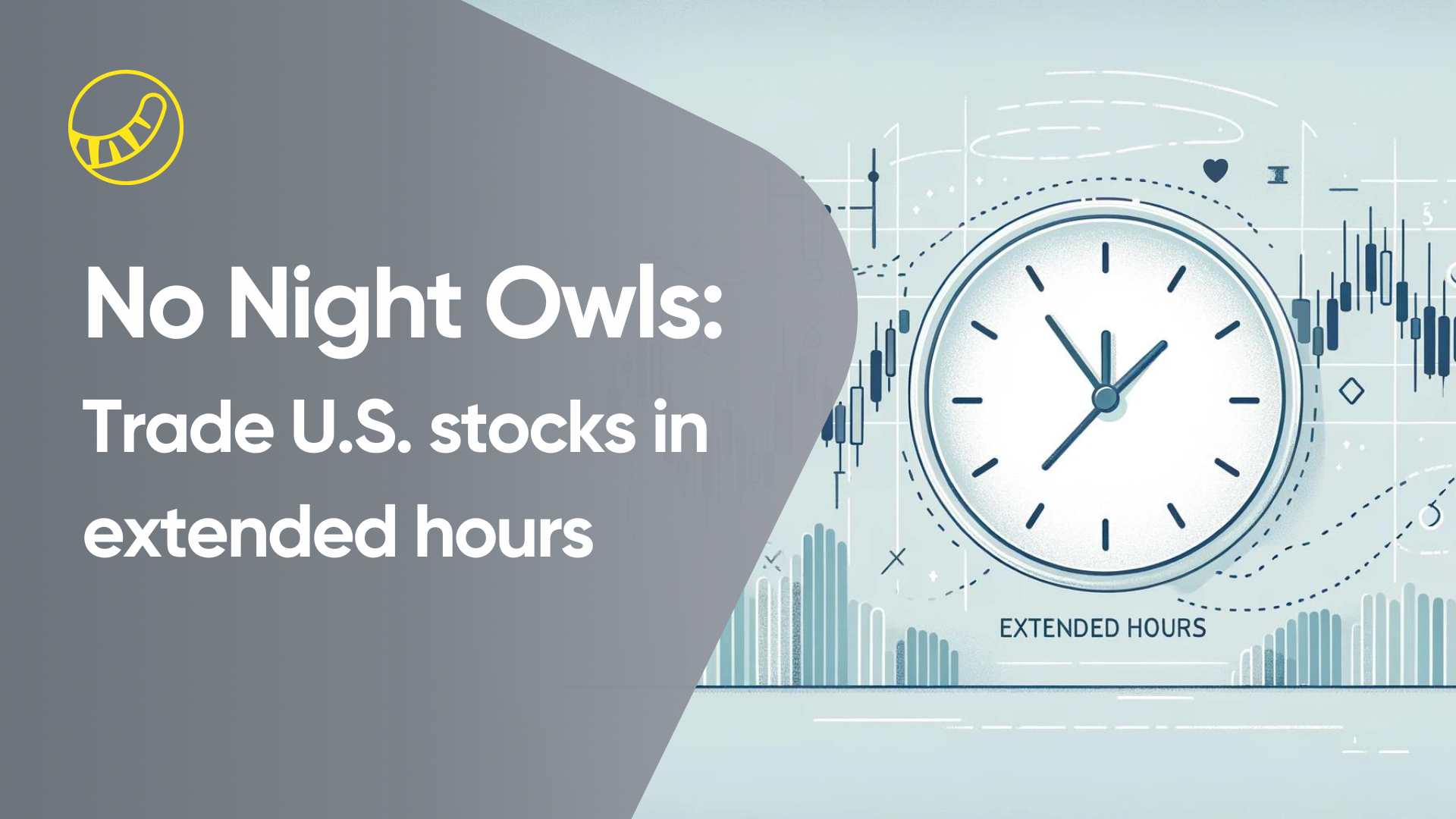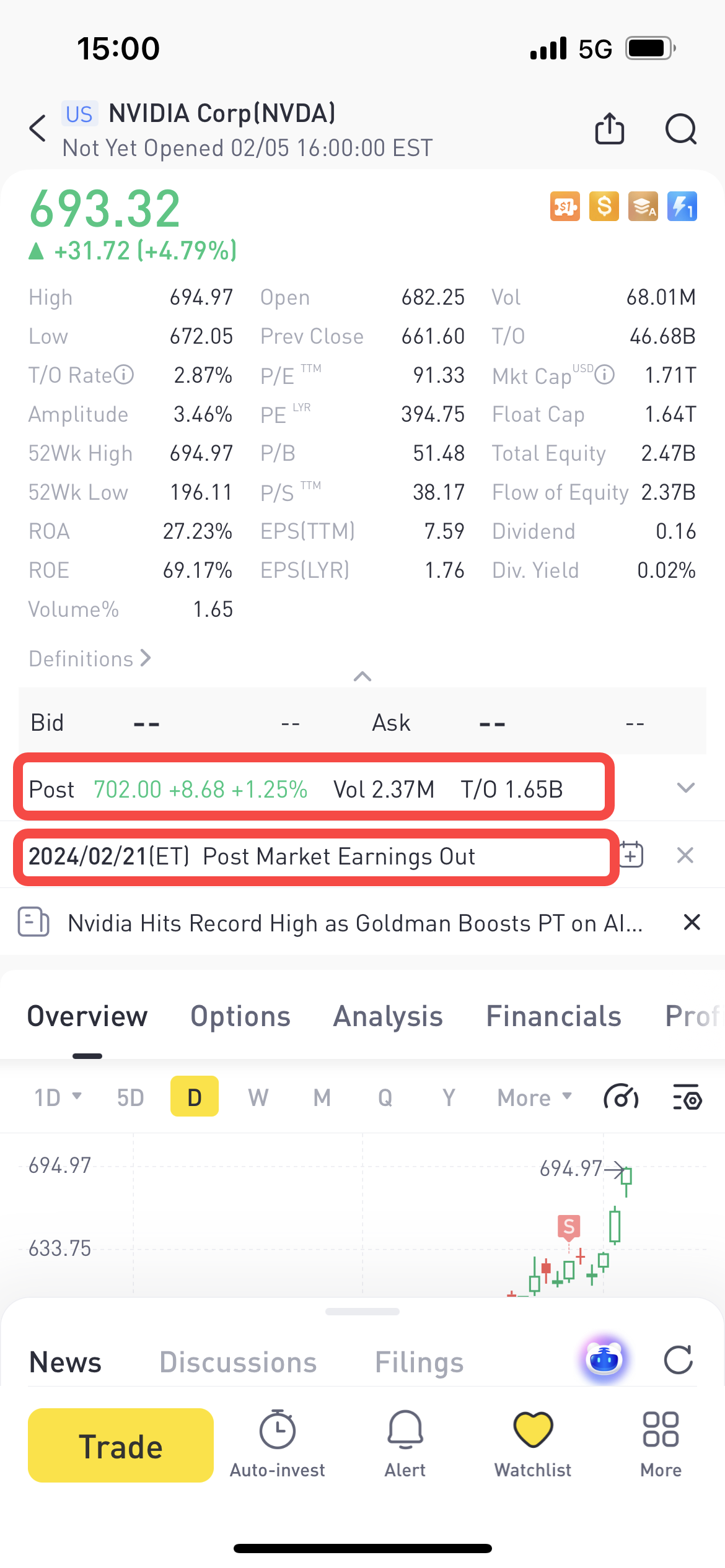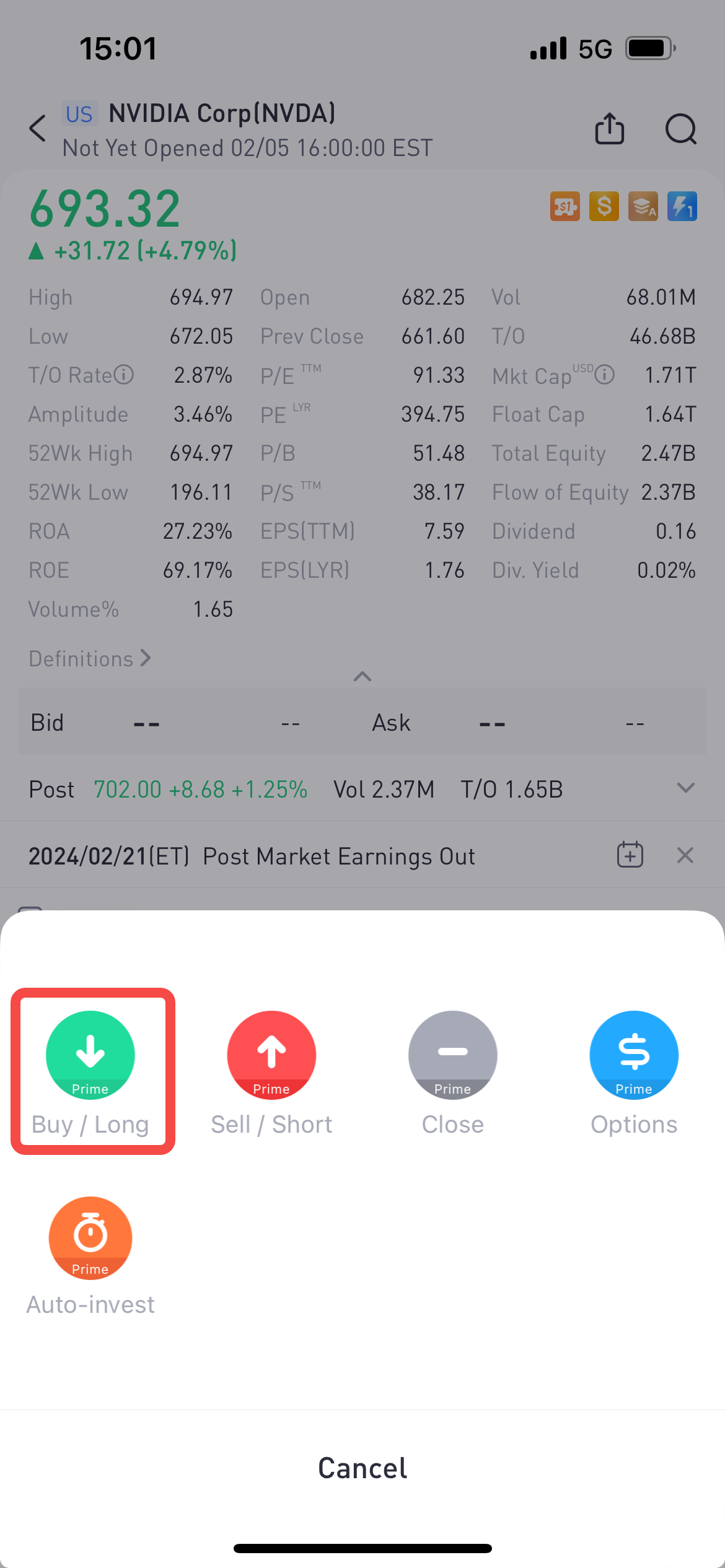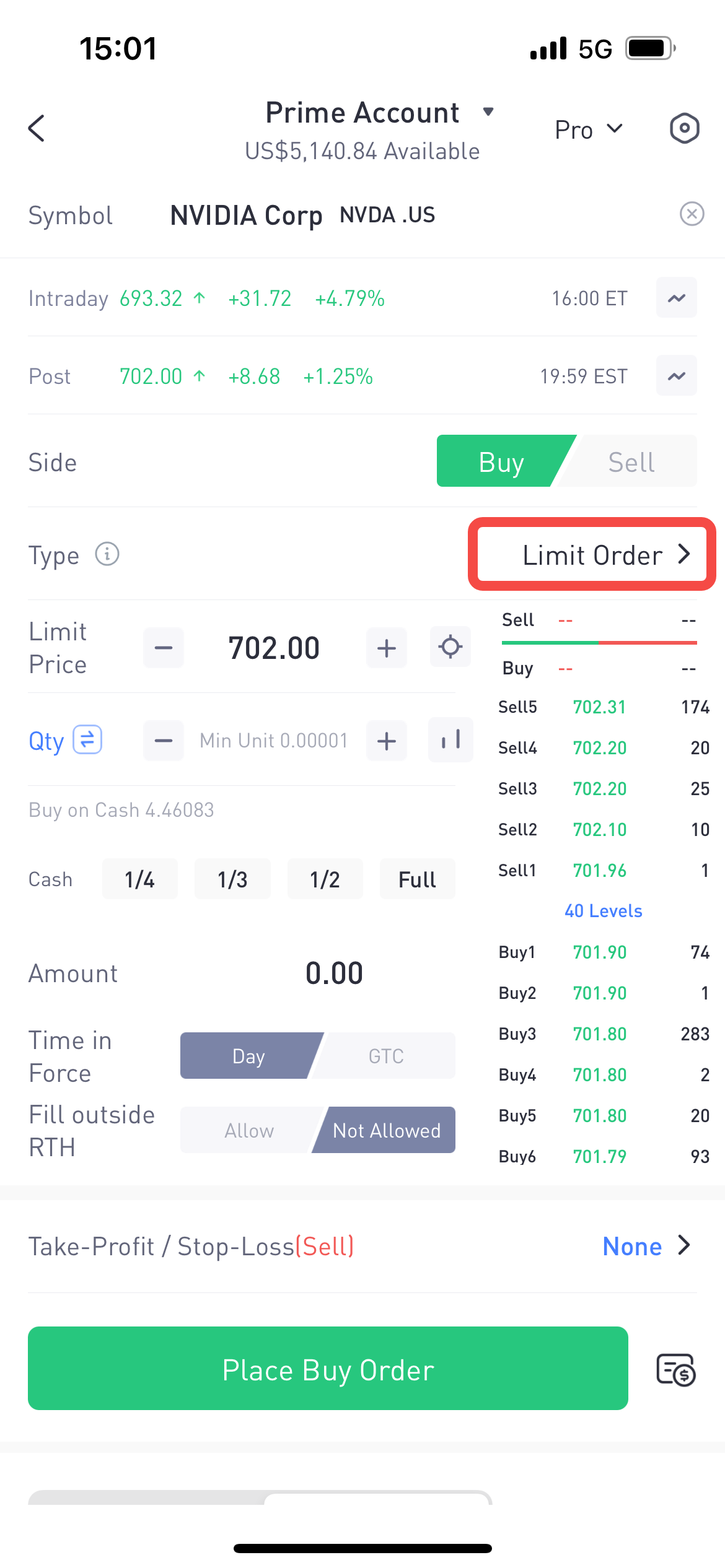As is well known, global stock markets do not operate 24 hours a day. Each stock market has its own specific opening and closing times, which is what we refer to as "trading hours." Interestingly, even outside of these official trading hours, the stock market can still experience fluctuations, especially when companies release their financial reports. So, why does this happen? You might wonder?
If you're considering investing in the U.S. stocks. It's crucial to understand what "extended trading hours" are. Knowing when and how pre-market and after-market trading happens helps you try to spot opportunities and dodge risks.
What is pre-market and after-market trading?
The U.S. stock market operates across three sessions, including a pre-market phase that's especially handy for Australians—say goodbye to those late nights waiting for the opening bell! The trading hours are outlined below:
U.S. Stock Trading Hours (ET) | Corresponding Australian Time (AEST) |
|---|---|
Pre-market Hours: 4:00 AM - 9:30 AM | 18:00 - 23:30 |
Regular Hours: 9:30 AM - 4:00 PM | 23:30 - 06:00 |
After-market Hours: 4:00 PM - 8:00 PM | 06:00 - 10:00 |
What extra risks might pre-market and after-market trading have compared to regular hours?
Simply put, price volatility tends to be higher, and trading volume is generally lower. So, even small trades can cause significant price movements.
It's important to know that not all stocks are available for pre-market and after-market trading. Only those listed on exchanges can be traded, meaning over-the-counter (OTC) stocks are not supported. These pre-market and after-market trades usually occur through electronic communication networks (ECNs) using limit orders. Therefore, when engaging in pre-market or after-market trading, it's vital to keep a close eye on market dynamics, as new information can quickly affect stock prices, leading to sharp changes. This requires you to stay highly alert to market shifts and react promptly.
Pros and cons of pre-market and after-market trading
The main advantages of pre-market and after-hours trading are that they allow investors to react promptly to news and events that occur after the market closes. This period is crucial as many significant reports and pieces of information, which can greatly impact stock prices, are often released then. For example, it's common for companies to announce their quarterly earnings after the market has closed. Being able to act on this information before the next trading day can give investors a head start.
For instance, if Apple Inc. (AAPL) releases its quarterly earnings report after the day's trading has ended and the market's initial reaction to the report is negative, you might believe that the market has overreacted and that Apple still has long-term potential. In this case, you could place a limit order to buy 100 shares of Apple stock at a price of $180 per share. Your broker would then send this order to an Electronic Communication Network (ECN), where it looks for a seller willing to sell at least 100 shares of Apple stock at $180 or lower. If a match is found, your trade can be executed, with the settlement time being the same as during regular trading hours.
Pricing is another key factor. The volatility of stock prices can increase significantly outside of regular trading hours, offering potential opportunities for investors. This allows for immediate responses to breaking news, enabling quick action to capitalize on these fluctuations. For those who have busy schedules and cannot watch the market during its standard hours, engaging in pre-market and after-hours trading becomes an essential strategy to catch important market movements or events they might otherwise miss.
Of course, extended trading hours come with their drawbacks. For instance, market liquidity tends to decrease, while price volatility and the spread between buying and selling prices can increase. These factors can affect the efficiency of trading during these periods. Therefore, when participating in pre-market and after-hours trading, it's important to consider these elements.
The pros and cons of various factors are detailed in the chart below:
Factor | Pros | Cons |
|---|---|---|
Real-time Event Response | Timely market access, quick portfolio adjustments, more flexible trading | Possible exaggeration of price fluctuations, potential overreaction to news |
Trading Volume | Easier to find opportunities in less competitive environments | Reduced liquidity, larger bid-ask spreads, slower order execution |
Price Volatility | Opportunity to capitalize on rapid price changes | Increased volatility, high risk of rapid price changes, market behavior uncertainty |
How to Participate in Pre-Market and After-Market Trading
You can view pre-market and after-market data for individual stocks and conduct trades during these times on Tiger Trade. For example, with Nvidia:
Step 1: Search and navigate to the detail page of Nvidia (NVDA). During the relevant periods, you can view the pre-market (after-market) information on this page, as well as receive notifications about earnings reports that are scheduled to be released after the market closes.
Step 2: Click on "Trade" in the lower left corner, then select "Buy/Long" to enter the pre-market trading interface.
Step 3: Input your preferred price in the limit price field, specify the quantity, and click "Buy" to submit your order. Remember, only limit orders are allowed in pre-market and after-market trading. The procedure for after-market trading mirrors that of pre-market, hence not detailed again.
Finally, remember that because there are fewer traders before and after hours, liquidity is lower and the difference between buy and sell prices can increase. Be thoughtful when setting your limit prices based on the situation.
In summary, trading before and after hours opens a special chance to act and decide when the regular market is closed. This offers a way to take advantage of key moments affecting stock prices but also comes with risks. So, it's important to carefully consider both the risks and opportunities before deciding to trade in these times.
Disclaimer: All information and content are provided for reference purposes only and do not constitute an offer to sell, a solicitation to buy, or a recommendation or endorsement of any financial product or strategy. The data and charts presented are for illustrative purposes only. Options trading involves significant risk and is not suitable for all investors. You should only invest money that you can afford to lose. All investment products carry risks. Before trading, please read and understand the Financial Services Guide, Risk Disclosure Statement, Product Disclosure Statements, Target Market Determination, and other disclosure documents available on the official website. All information and content are not investment advice and have not considered your investment objectives, financial situation, or needs. You must decide whether it is suitable for your circumstances and requirements and seek independent advice if necessary. Tiger Brokers (AU) Pty Limited ABN 12 007 268 386 AFSL 300767





